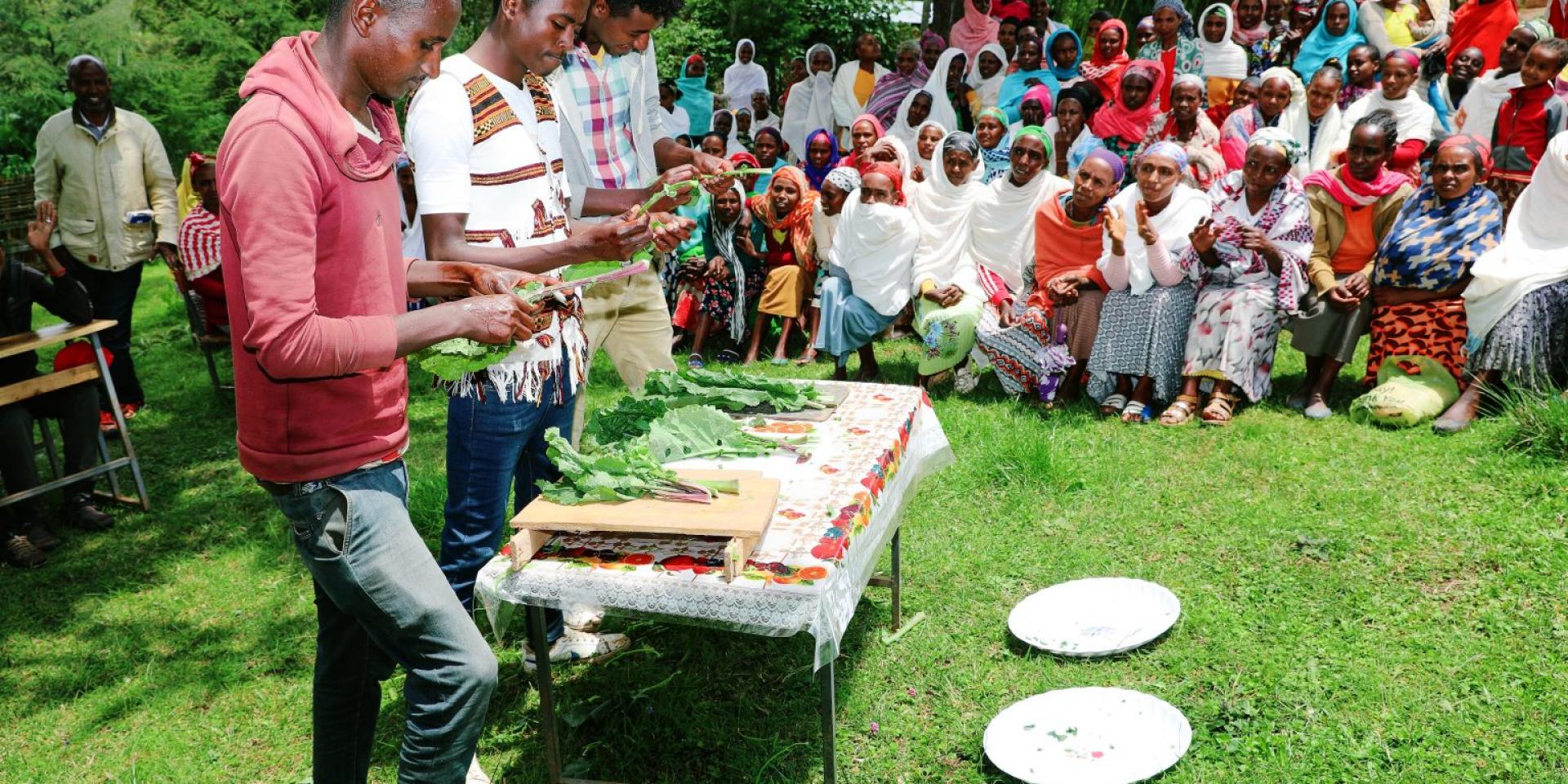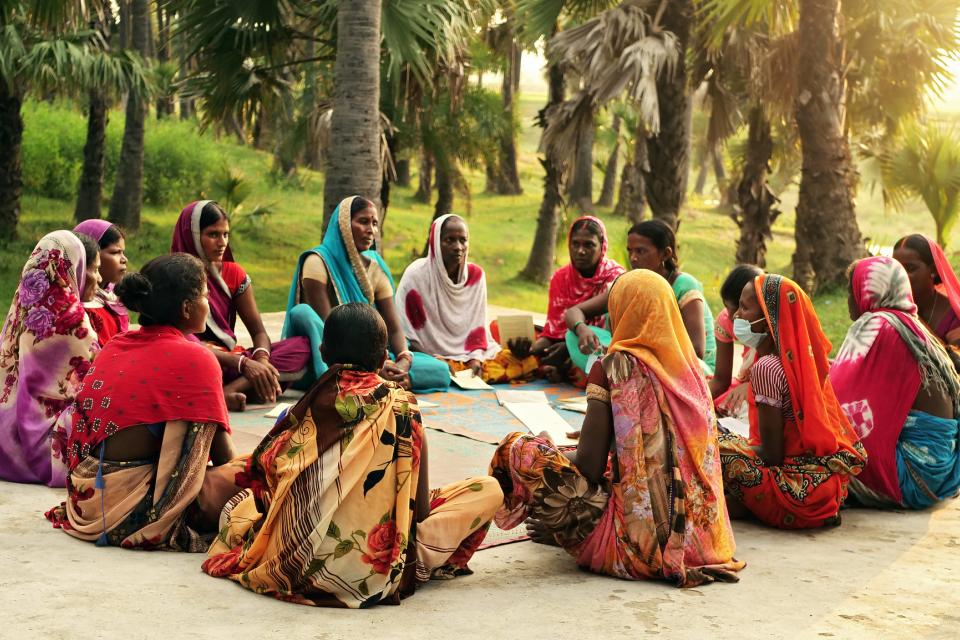Measuring male engagement in domestic work: Insights from two RCTS in Ethiopia
 Photo: PIM
Photo: PIM
Understanding male engagement in traditionally female domains of domestic work is critically important for the study of agriculture and economic development.
First, accurately assessing male engagement is important in understanding patterns of time allocation within the household. Second, an important goal of interventions targeting gender equity and shifting gender norms can be increasing male engagement in areas of work traditionally dominated by women, potentially also decreasing the burden on women, and allowing them to invest more time in child development. In contexts where male engagement is a relevant programmatic objective, measuring it with fidelity is particularly important.
How do we measure male participation in domestic work? Men can be asked to directly report whether they have engaged in such work, but these reports may be subject to various types of social desirability bias. If men generally feel that such work is traditionally the domain of women and/or low status, they might not wish to report that they participate; alternatively, if interventions have directly promoted this engagement, men might be subject to experimental demand effects and be motivated to report that they did. One potential strategy is to pose similar questions to men’s female spouses, as using reports from both parties allows researchers to further understand patterns of agreement or disagreement within the household.


